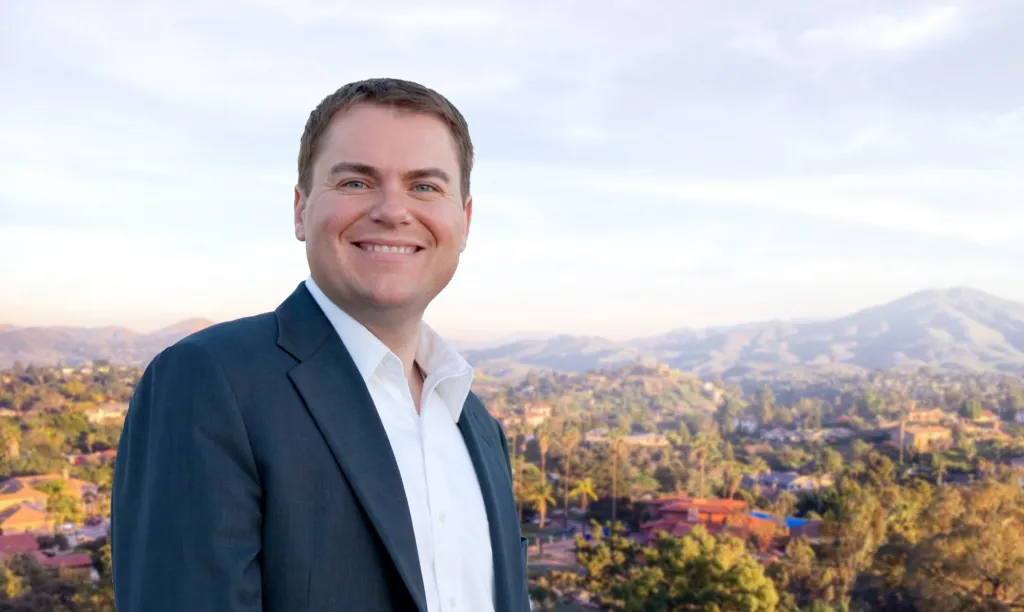Teachers perform miracles every day and their impact on generations of children can be profound. It’s easy to understand why they are so loved and respected.
But don’t confuse teachers with teachers’ unions. In concept, teachers uniting together to negotiate on behalf of their colleagues over issues of salary, benefits, and conditions in the classroom makes sense. However, there is a dark underside to these unions.
Full-time teachers pay about a thousand dollars per year in dues. Extrapolate those fees and California teachers’ unions at all levels — local, state and federal — rake in between $200 to $300 million dollars a year for advocacy, lobbying and political campaigns.
That is a lot of cash that doesn’t go to academics.
Futurist Jerry Pournelle described our conundrum in what he dubbed “The Iron Law of Bureaucracy”: Those “devoted to the goals of the organization,” such as dedicated classroom teachers, are eventually overtaken by “those dedicated to the organization itself” — like entrenched administrators in the education system or teachers’ union officials.
In this way, teachers’ unions have captured California’s public schools.
While many teachers go into the noble profession to enlighten young minds and mold them into engaged civic beings, the union undercuts the best teachers and protects the worst. Add short tenure laws and a convoluted dismissal process to the mix and it’s nearly impossible to dismiss problematic teachers because of how vigorously the union defends them.
And when budgets need to be cut, the state’s last-in, first-out policy sends new, bright, and innovative teachers to the curb regardless of how well they perform in the classroom.
Despite the U.S. Supreme Court ruling in the 2018 Janus case that liberated union members from being obligated to pay dues, many teachers keep paying them.
Why do decent teachers keep paying the thousand dollars per year in membership dues when they know it could be spent in other places and represents a significant amount of money over a 30-year career?
Fear of retaliation.
As any public school teacher can tell you, the place teachers dread the most is the teachers’ lounges. Most teachers are agreeable people and try to avoid sensationalism and conflict in the teachers’ lounge. Fewer still want anything to do with the organizing that regularly comes around the time that a contract is up for renewal and they are going to be forced to strike against their own wishes.
Teachers know that strikes hurt the poorest and neediest kids the most and that collective bargaining agreements are not for the benefit of students.
If we want schools to succeed, let’s take a short hiatus from talking about teacher salaries, classroom sizes, and the latest teaching fads. Instead, let’s focus on deposing the teachers’ union leaders who highlight these issues but can never seem to improve the education of their students despite hundreds of millions of dollars flowing into their political coffers every year.
In fact, go one step further — let’s help our forlorn and intimidated teachers out of their union so they can stop paying an organization to work against their beliefs.
Read the full article by Lance Christensen, CPC’s Vice President of Education Policy and Government Affairs, in The Epoch Times. To learn more about leaving your union, visit mypaymysay.com.




